When I lived in California’s San Francisco/Bay Area, the Point Reyes National Seashore was one of my favorite places to visit. You drive across the Golden Gate Bridge, then through the small town of Sausalito, these days a pricey tourist hub but formerly known for its eclectic houseboats – some decidedly “hand-knit”. They’re still there, but literally sanitized, some functioning as vacation rentals, others listed on the real estate market for over one million dollars. Read this article if you want to learn more about their history (with many photographs).
A bit further north, you turn off for Highway 1 which runs along most of the Pacific coastline of California. It winds through the Marin Hills past Green Gulch, the Zen Center and Farm, and joins the coast at Muir Beach. Just thinking about this glorious stretch of nature makes me feel nostalgic… You can follow Hwy 1 with Google Street View, it’s gorgeous.
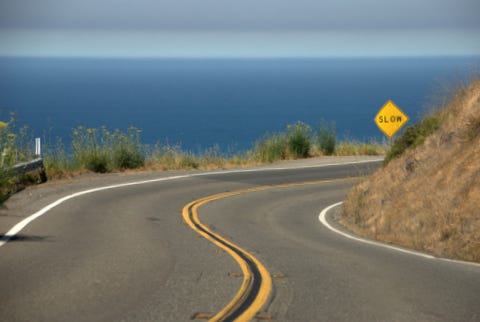
Eventually you reach the Point Reyes Peninsula which is separated from Marin County by the Tomales Bay, an inlet about 15 miles long and one mile wide. The whole area is a nature preserve and protected from development. It is a haven for numerous species of birds and other wild animals.
It was on one of these trips that I first encountered pelicans (remember, I grew up in Germany). Although there are mainly two species which live in the United States, the American white pelican and the brown pelican, I only remember seeing the brown birds in California. One would often see them sitting on a wooden post near a harbor, or on rocks close to the shore. They didn’t seem all that afraid of people.

But it was a truly remarkable sight when they were flying. One would see flocks of to ten or even twenty birds, they’d fly parallel to the water, maybe 60 or 70 feet above the ocean. Their necks were tucked between their shoulders, so one couldn’t really see how long they actually were. Suddenly one bird would dive down, in a sharp 90-degree angle, the neck stretched to full length, and he plunges bill-first into the water, often being completely submerged for a short while. And the others would follow – flying along, and suddenly turning 90 degrees to plummet straight down. It was an absolute delight to watch these prehistoric-looking birds.
That’s why I felt great sadness and dismay when I read that something strange had befallen a number of pelicans lately. It all happened along the California coastline: people found hundreds of brown pelicans stranded on the beaches, emaciated, anemic, starving, unable to fly. Some were dead. While a few had injuries caused by fishing lines, most of the birds posed a puzzle for the wildlife officials who were busy trying to rescue them.
Beginning in late April, California wildlife rehabilitation facilities received a high number of sick pelicans. Most of them were emaciated, close to starving. Instead of weighing four or more kilograms, their average weight, the stranded birds weighed only two and a half kilograms. Also, they were extremely hypothermic, which meant that the sooner they were brought to a rescue facility the better chances they had for survival. Initial heat support stabilizes the hypothermia, and the birds who survive this stand a good chance to benefit from the rest of the supportive care. Unfortunately, quite a number of pelicans died,enough to call this the 2024 Brown Pelican Crisis.
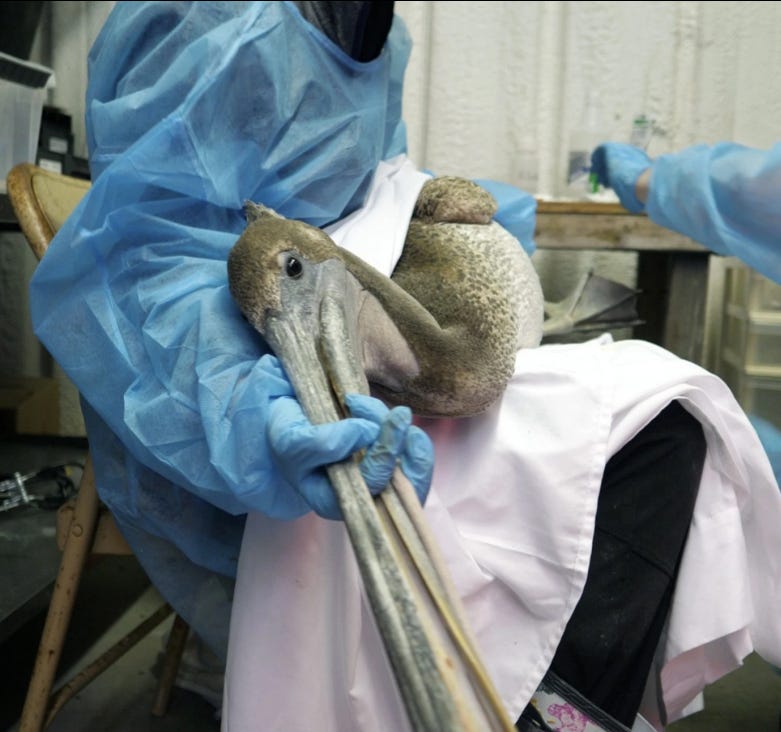
They’re not sick, and there are plenty of fish the pelicans typically feed on, such as anchovies, so – why are they starving?
There are two possible causes, both linked to climate change, according to the scientists who work with the rescue organizations. One has to do with the rising temperature of ocean water: when it gets too hot for fish to be comfortable, they stay at lower levels, where it is cooler. But the pelicans can’t reach them any more. The other ocean condition affecting the birds: unusually strong storms this past winter and early spring caused high waves and choppy water, which means that visibility was poor and the birds were unable to see the fish.
Because they are desperately trying to find food, pelicans are going up rivers and are found in people’s backyards, or they search around fishermen’s leftovers and get hurt by hooks and fishing lines. People shouldn’t try to rescue the birds, even when they seem unafraid because they’re too weak to react. It’s better to call animal control and wait with the animal until they arrive.
The first thing a sick pelican needs is warmth, so she’ll spend some time under a heat lamp once she has been admitted to a wildlife rehabilitation facility. Next, she’ll get IV fluids and protein “fish” shakes, before she’s ready to eat smelt and herring. Some birds need surgery if they have sustained injuries from fishing gear.
Once they have recovered, they’re returned to the wild, with identification tags on their legs. Some have been marked with metal alloy bands issued by the United States Geological Survey’s Bird Banding Lab, and people are encouraged to report sightings of banded birds.
The International Bird Rescue which operates two year-round wildlife centers in California, has some fairly recent numbers (from September 2024) about admitted, released, etc. Brown Pelicans here. They also published three remarkable pelican survival tales, including one of a bird who was found on the tarmac of Los Angeles International Airport. Brown Pelican 0507 was desperately trying to find something to eat!
“[S]he has recovered from hypothermia, starvation, dehydration, gastrointestinal parasites, and a respiratory gurgle. She has regained 50% of her body weight and continues to get stronger each day”.1
Let’s hope that the other sick or injured birds currently in care will all get well and be able to fend for themselves.

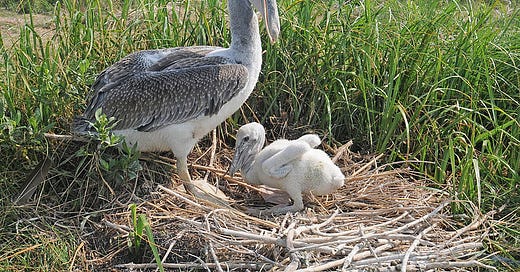



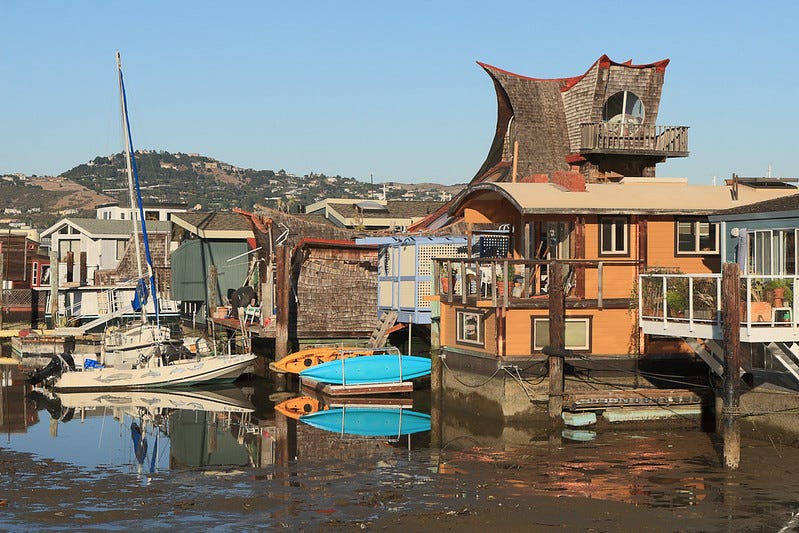
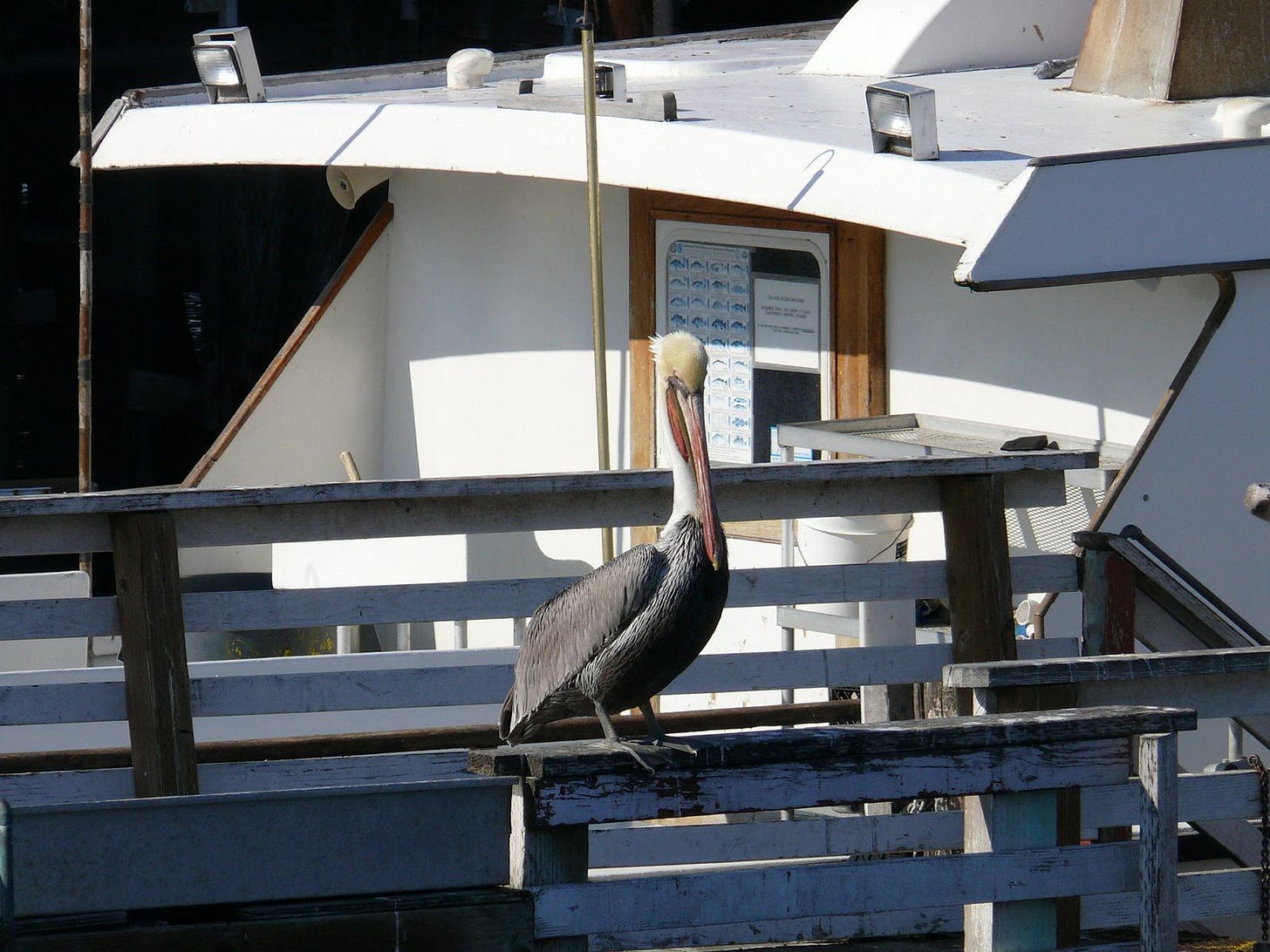
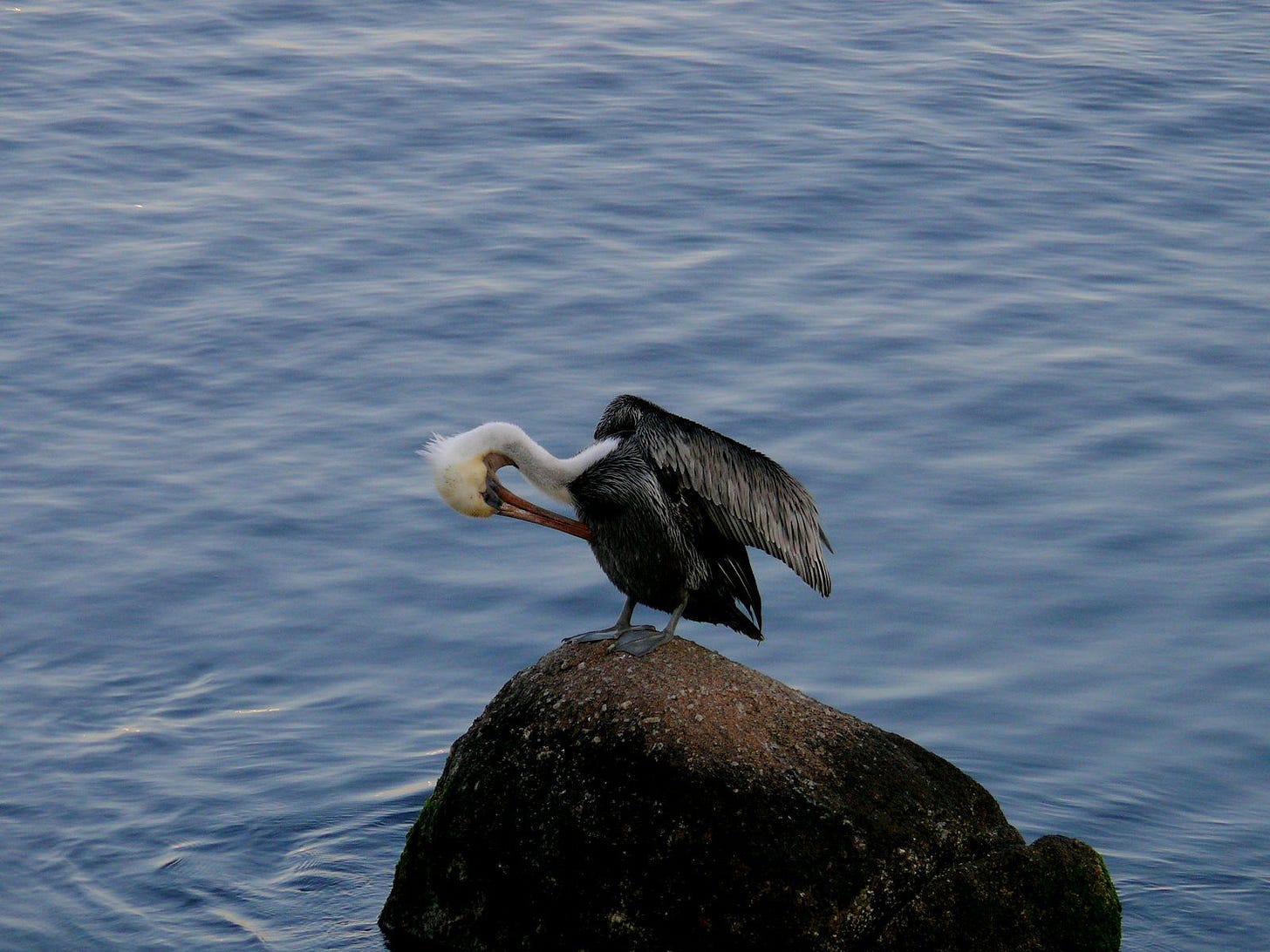
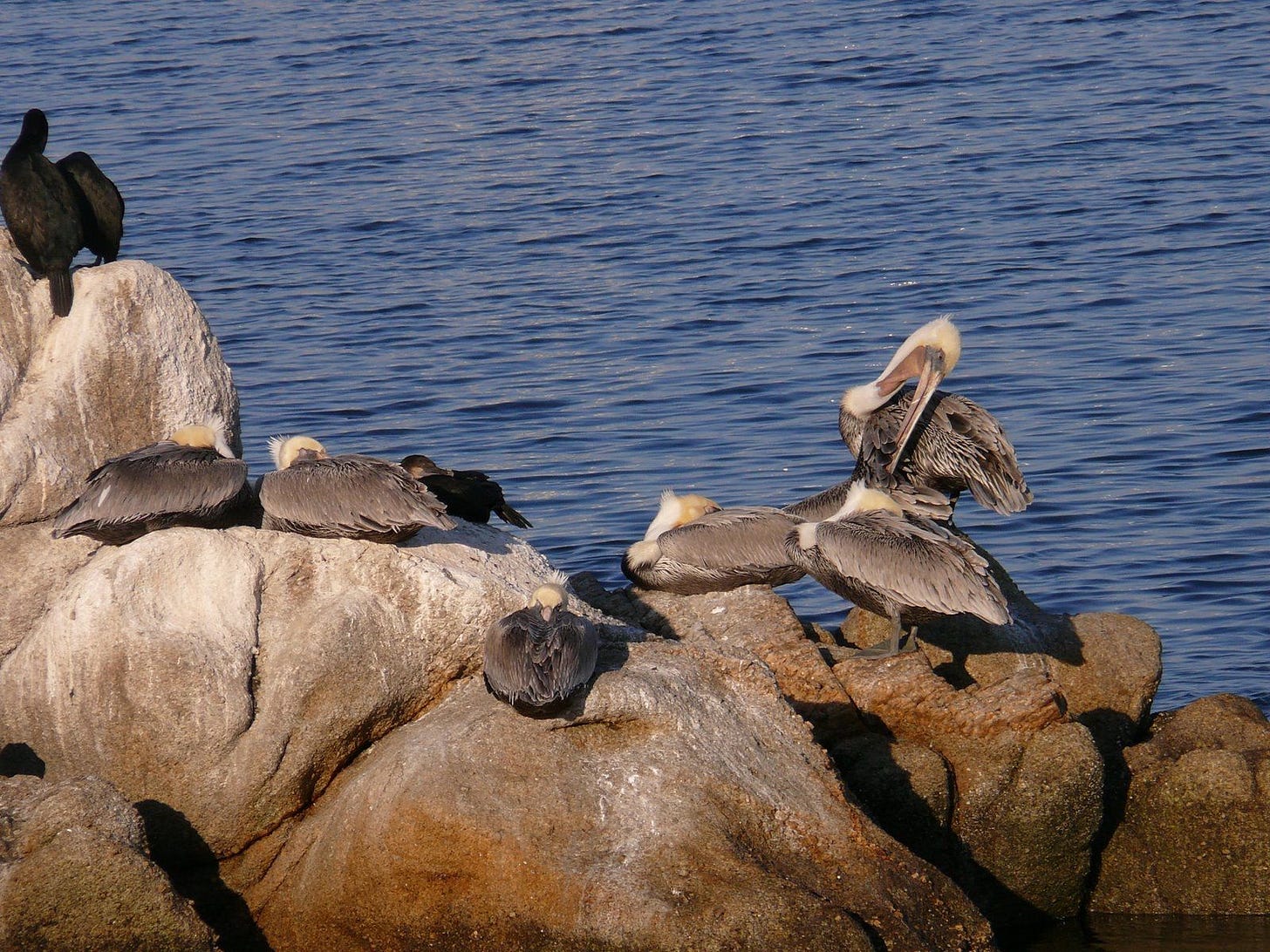
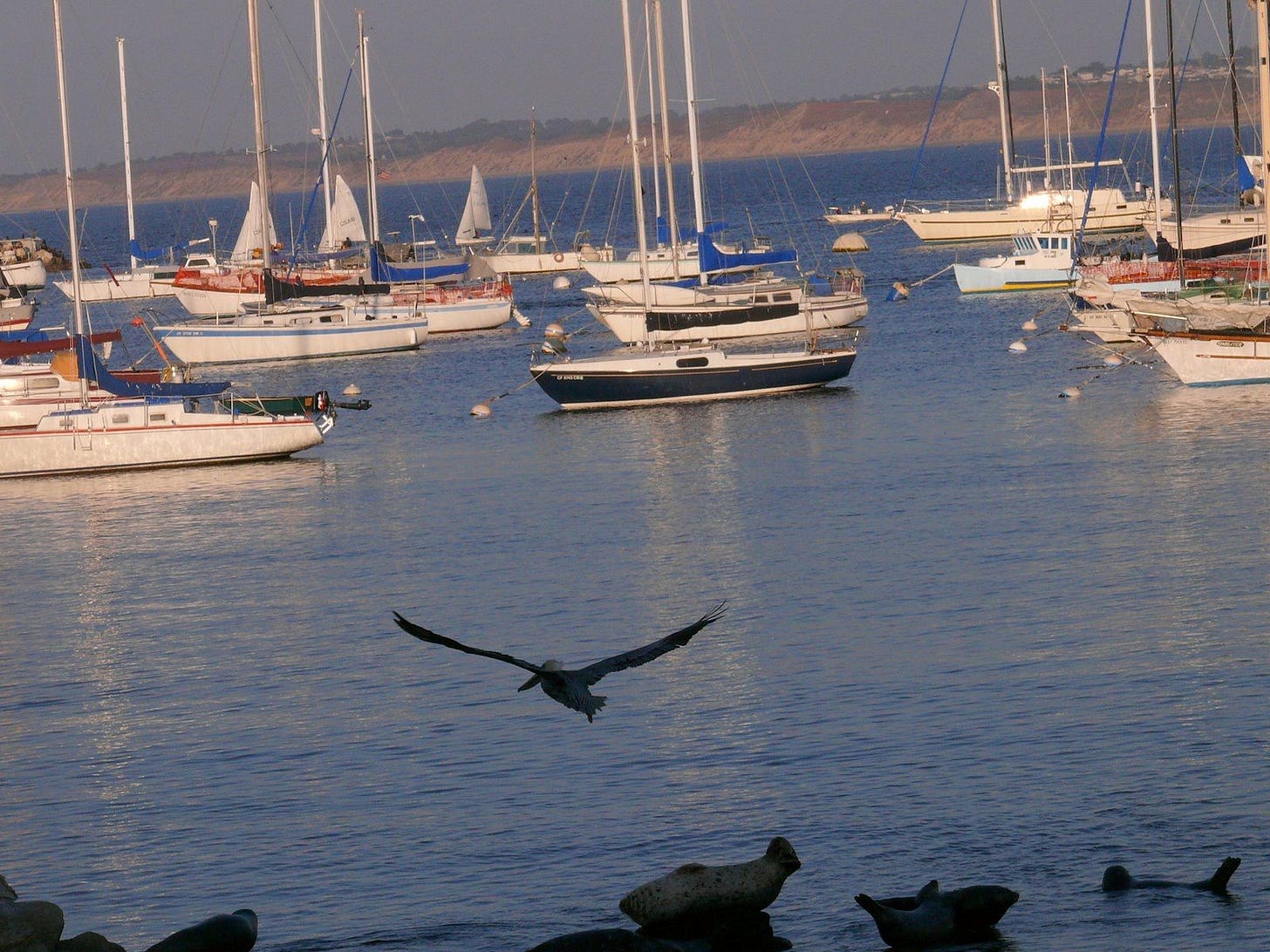
I had embedded a video, but it disappeared -- only a big gap left. Here's the link. https://youtu.be/L61IFinl8wM?si=SYTTJZQ5KDMCGcrP
Thank you Jessica, they are wonderful creatures, I have spent so many hours marveling at their ability.